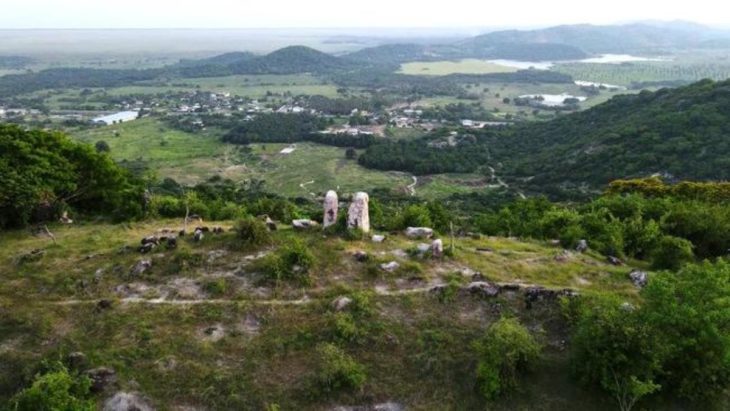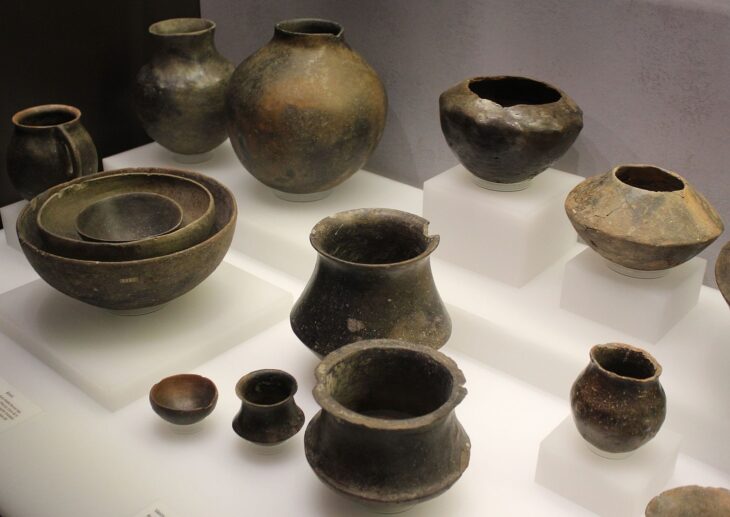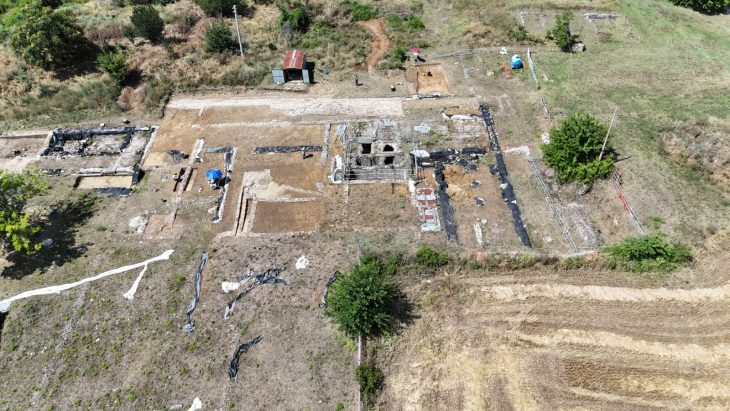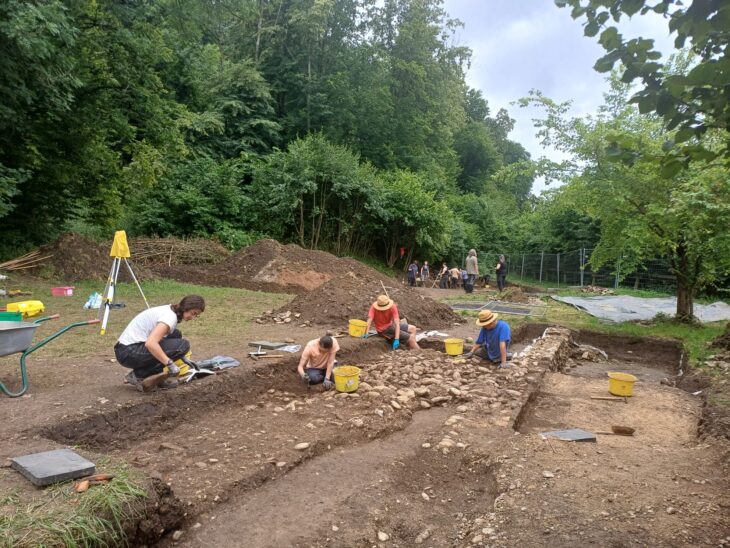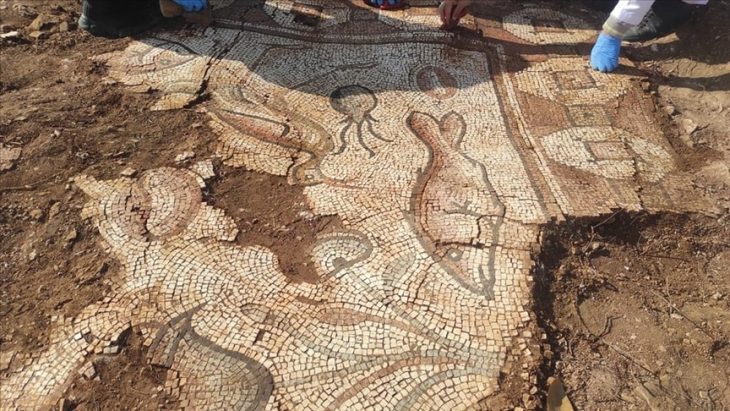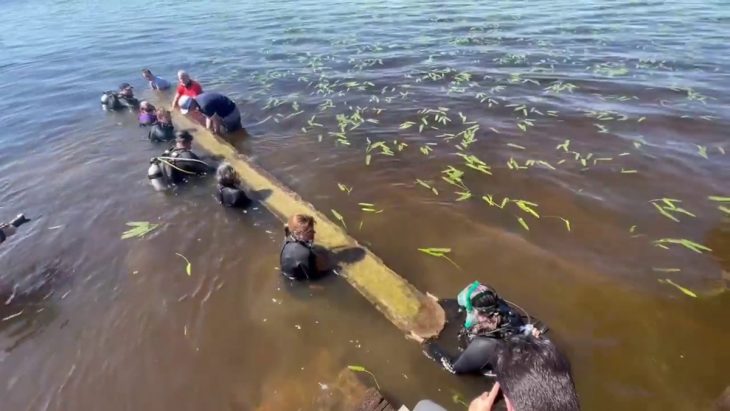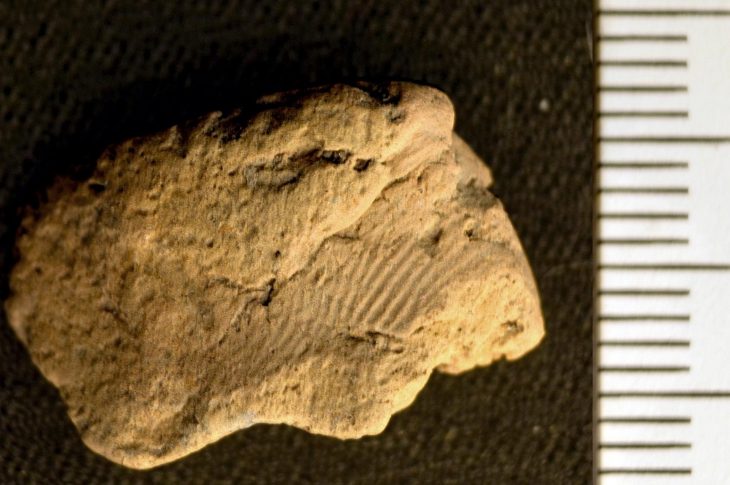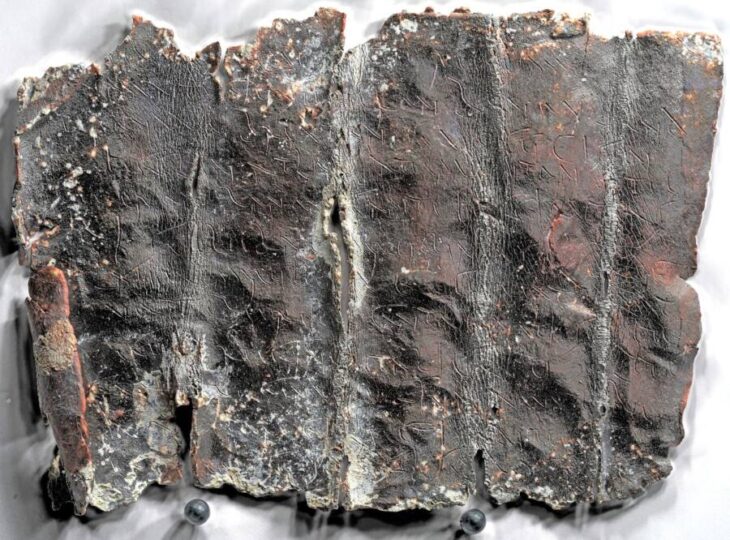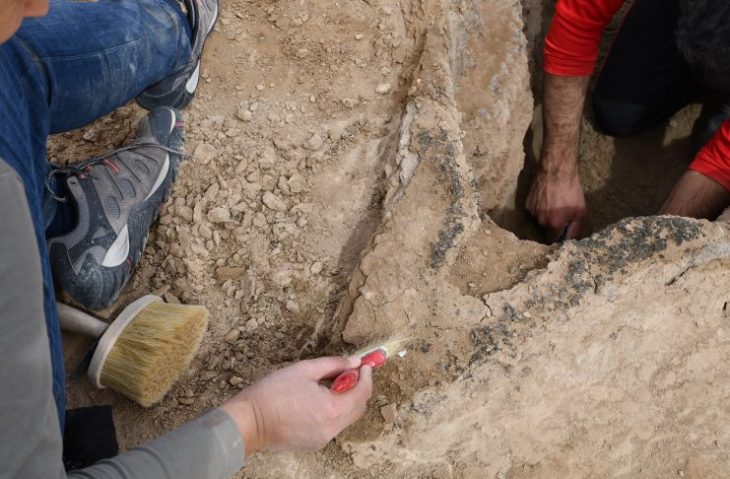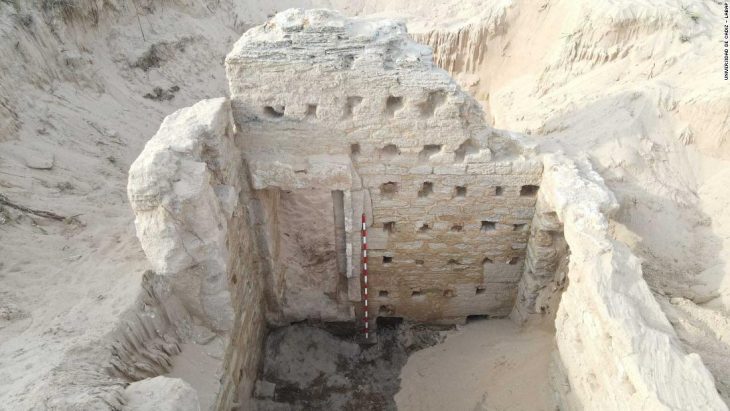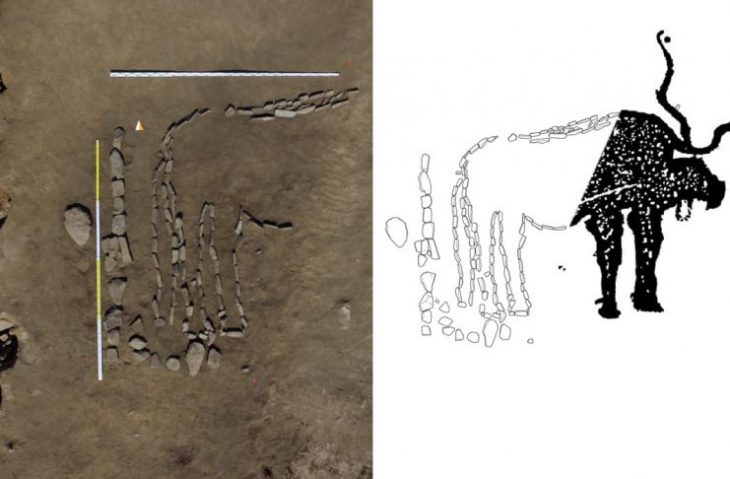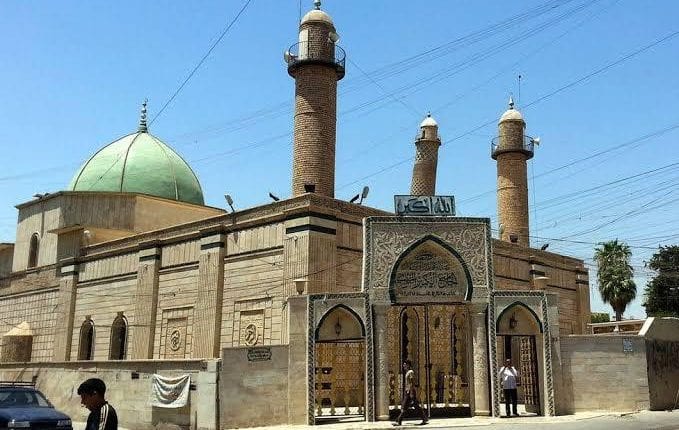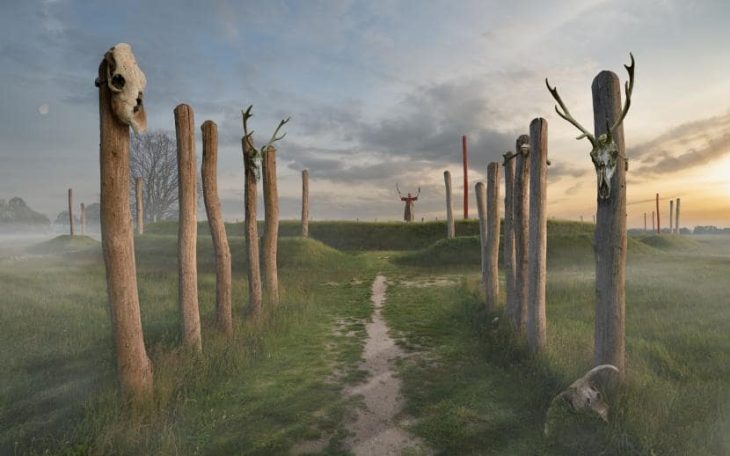Last year, “nano lime” was filled with syringes to protect the tiny cracks on the large stone statues on Mount Nemrut in Adıyaman, located in the southeastern region of Turkey, and now authorities announced that the application has given positive results.
The statues have been standing on the east and west terraces of the 2,150-meter-high tumulus for more than 2,000 years. The lime filling was prepared last year using nanotechnology in the cracks of the statues, which had been worn down due to natural conditions for centuries.
Gaziantep Restoration and Conservation Regional Laboratory Director Ayşe Ebru Çorbaşı and the restorers filled the body and sandstone of the Eagle statue on the East terrace, and the feet and sandstone of Herakles, the son of Zeus, on the West terrace.
After waiting one-year, the examinations show that nano lime protected the sculptures. Now it is planned to carry out the same work on other statues.
Adıyaman Museum Director Mehmet Alkan explained: “In September 2022, teams from the Gaziantep Restoration and Conservation Regional Directorate worked on four sculptures made of lime and sandstone. They were conducted thorough inspections and aesthetic assessments as part of the nano-cell studies. Based on their findings, they sent us a report indicating that the measures taken last year have yielded positive results.”
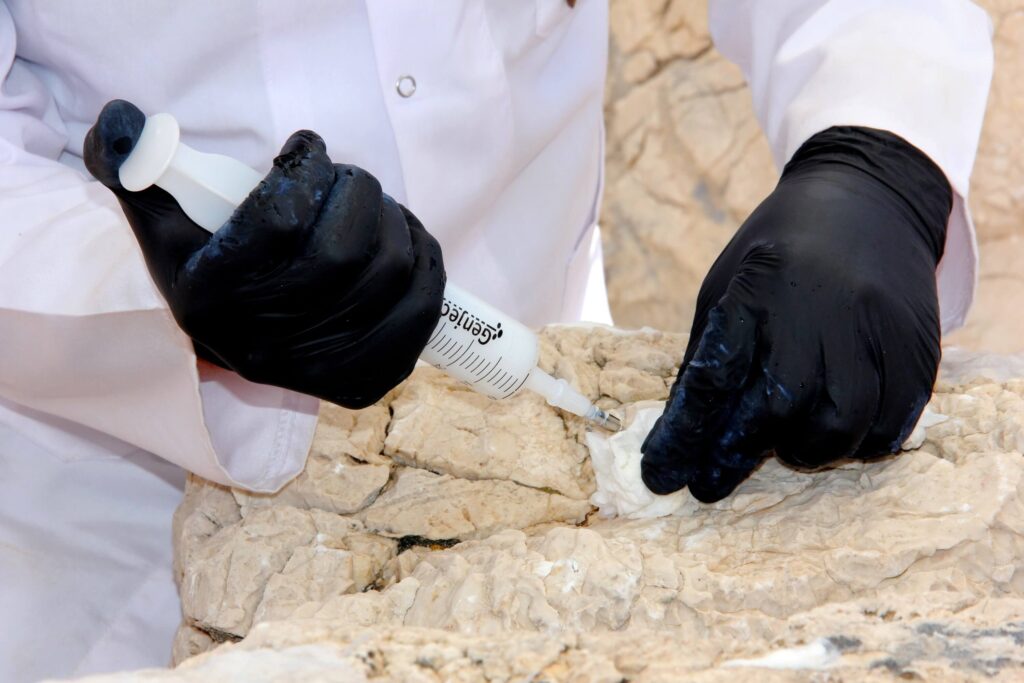
“During these examinations, experts observed that no rain or snow water affected the statues and that their work was very positive. It was reported that the nano lime can be used for the protection of the statues. As a result of these reports, restoration and conservation works will be continued,” said Alkan.
The joint project carried out in cooperation with the Ministry of Culture and Tourism and the Middle East Technical University (METU) aims to ensure that the stone heads remain a source of curiosity and admiration for years to come.
The colossal stone heads at the top of 2150 meters high Mount Nemrut National Park are one of Türkiye’s most famous sites. It is located near the Kahta village in the province of Adiyaman. This kingdom, whose capital was Samosata (now called Samsat), was founded around 80 B.C.
The ruins on the top of Mount Nemrut indicate that it was not a residence, but specifically built for the tumulus of Antioch and his sacred space.
The tumulus is at an altitude of 2150 meters and overlooks the River Firat and the neighbouring plains. It is thought that the king’s bones or ashes were put inside the room carved into the main rock, then covered by the tumulus which is 50 meters high and 150 meters in diameter. The courtyards are shaped like terraces, and religious ceremonies were held on the western side of Mount Nemrut National Park.
On both terraces, the huge sculptures of the gods, measuring up to 7 meters high, are positioned between the lion and eagle sculptures. These are surrounded by great stone blocks, arranged perpendicularly with inscriptions and embossed designs.



